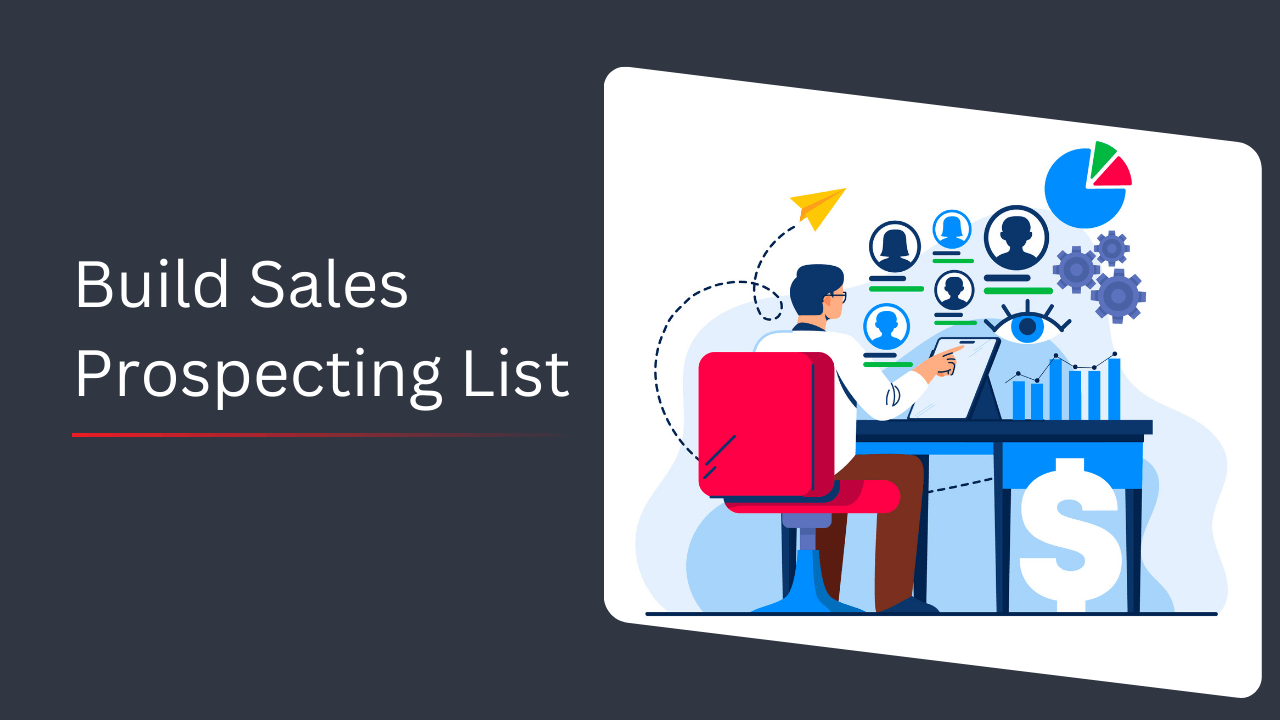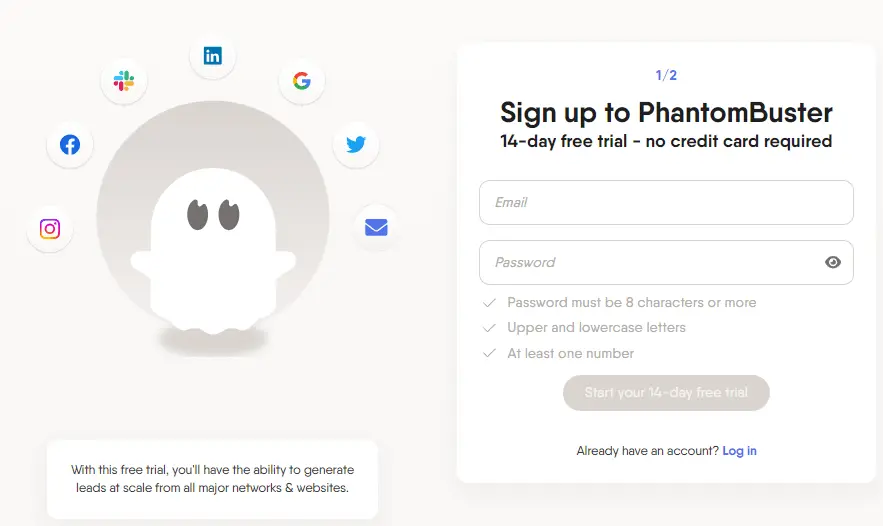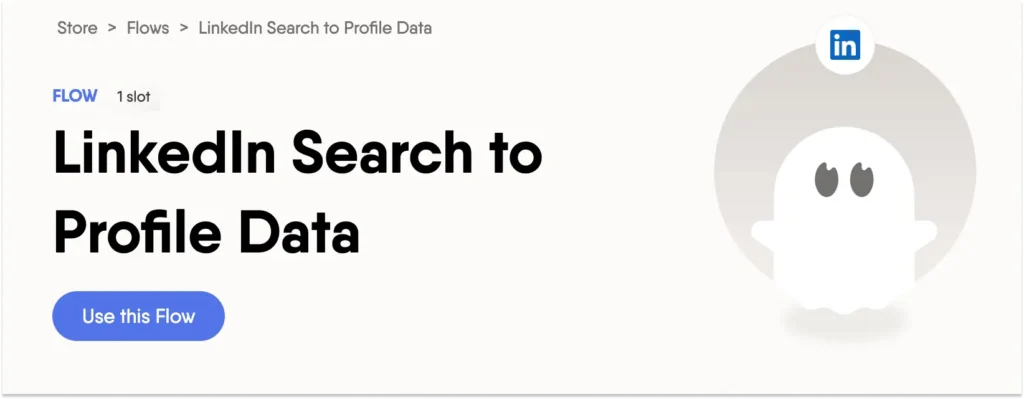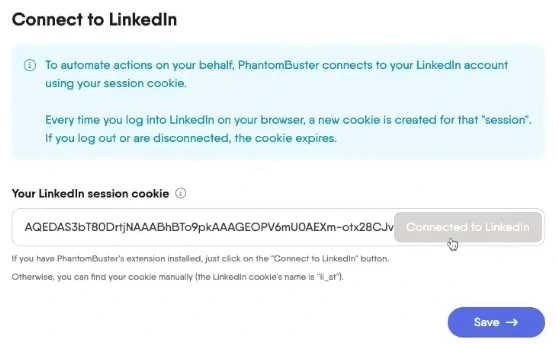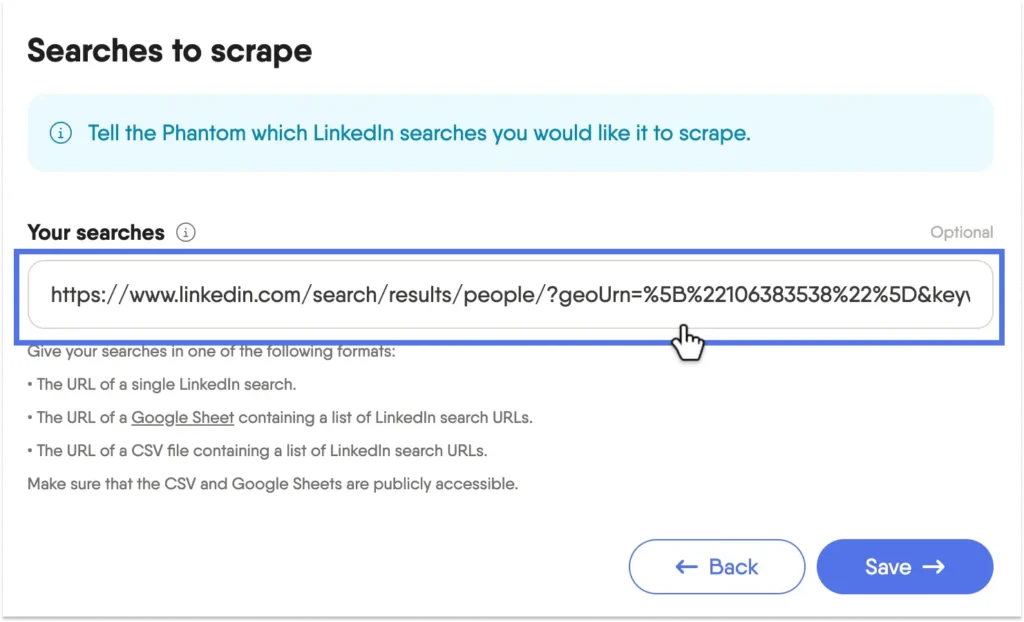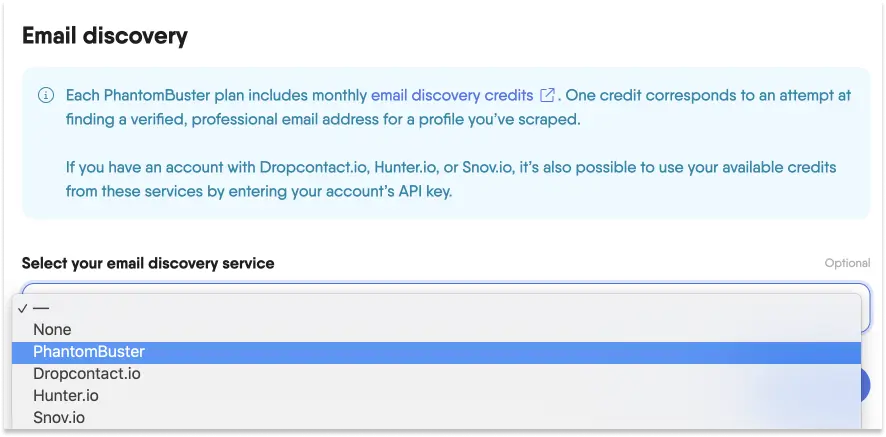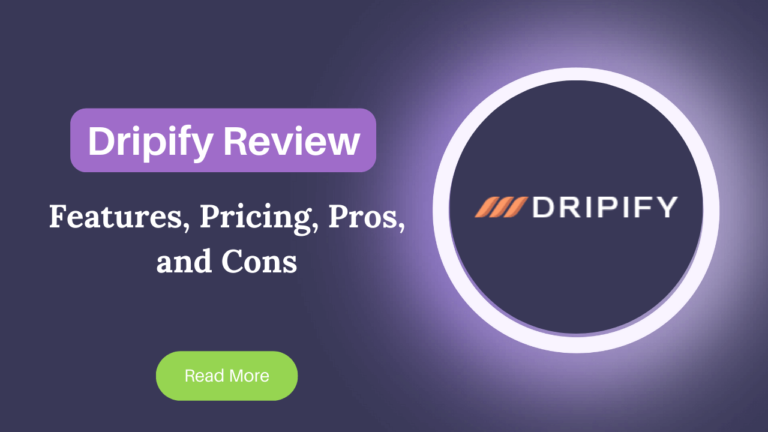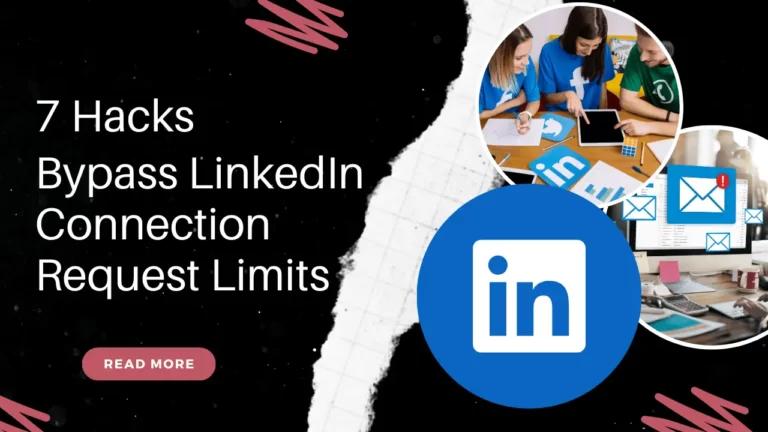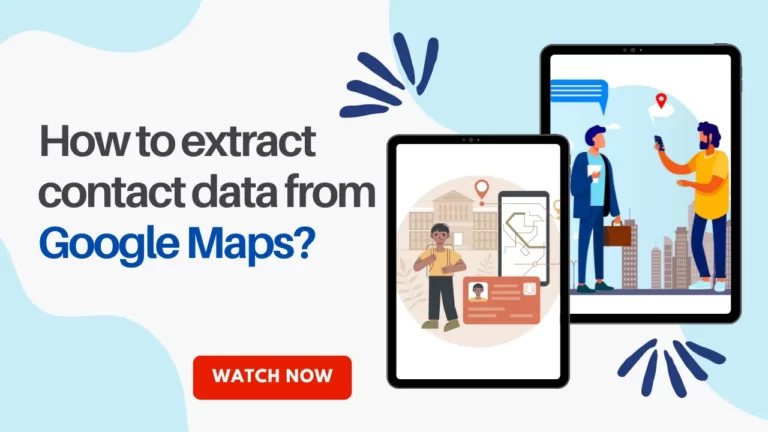Building a sales prospecting list is necessary to grow your lead pipeline and increase sales. You cannot depend on paid, social media, or offline advertising to generate leads. You should build your own prospecting list to generate more leads with lower costs.
If you are in the B2B space, then LinkedIn is the best way to generate leads for your business. You can build a prospecting list with a manual process as well as an automated process. In this article, we will learn how to build an accurate sales prospecting list, top lead sources, the best tools for creating a targeted lead list, and ways to streamline the lead generation process.
Before finding leads for your business, you should know your ICP (Ideal Customer Profile). I assume you might be aware of ICP (Ideal Customer Profile). If not, then here you can learn more about it.
What is ICP (Ideal Customer Profile)?
An ICP is a profile of the ideal company or customer you want to target. It includes complete information like industry, company size, geography, customer pain points, solution, occupation, gender, age, lifestyle, competitors, buying intent, budget, decision-makers, business goals, technologies, buying process, timeline, revenue, spending, and other information.
Here is an example of an ICP:
- Product: Software
- Decision Makers: CTO, CIO, Director of IT, IT Head, VP of IT, eCommerce head and more
- Industry: Retail
- Company Size: More than 50 million
- Employee Size: 500 or more
- Budget: 50k
- Location: United States
ICP is the first step towards creating an effective sales prospecting list. Without knowing your ICP, you cannot build a highly responsive lead list. So, start by finding your ICP, then move on to creating the lead list.
What should a prospecting list include?
While creating a sales prospecting list, you should collect important details that make it easy to contact the right prospects and companies.
Let’s see what information you should collect:
Company Details:
- Company Name: Know which company you’re targeting.
- Industry: Identify the industry they belong to and the services they need.
- Company Revenue: Understanding their revenue helps gauge if they can afford your product.
Prospect Information:
- Name: Personalize your outreach by knowing the name of your prospect.
- Job Title: Ensure you’re reaching the right decision-makers.
- Email & Phone Number: Essential for direct communication.
Other Information:
- Buyer Intent: Identify leads actively searching for solutions like yours.
- Technographics: Understand the tech platforms they use and how your product fits.
- Triggers: Monitor news, trends, or funding rounds in your target industries to identify timely opportunities.
These details will help you connect with prospect in most efficient way.
How to Build a Sales Prospecting List Manually?
LinkedIn is the best source for finding B2B leads for your business. With over 800 million professionals, LinkedIn enables you to build highly targeted prospecting lists for sales. Let’s see how to extract leads manually.
#Step 1: Create an account on LinkedIn
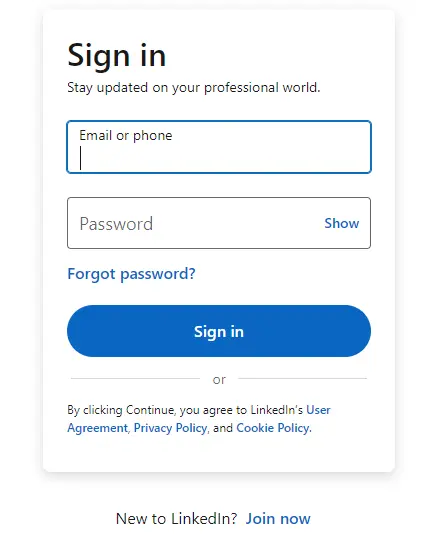
#Step 2: Use the search bar
Go to the LinkedIn search bar, then enter relevant keywords or job titles and press Enter.
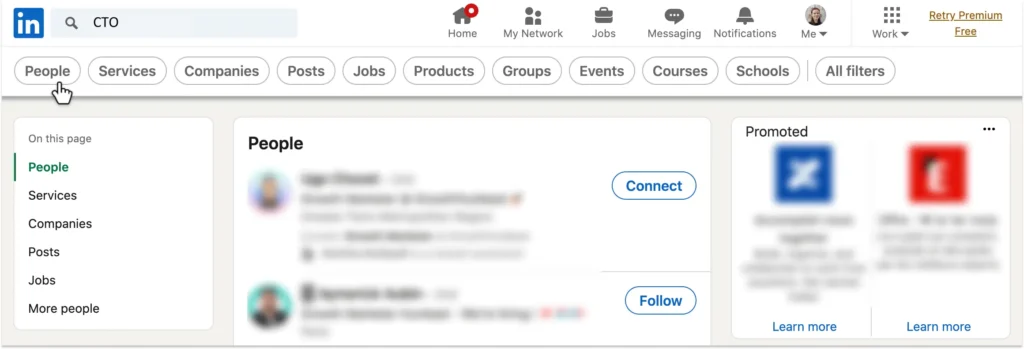
#Step 3: Apply filters
Narrow down results using criteria like location, industry, company size, and more.
#Step 4: Extract profiles
Scroll through the results and open the prospect’s profile to copy their information onto your list.
That’s it! It will take plenty of time to collect information on each prospect, and there are chances of collecting the wrong information and making mistakes.
How to Build a Sales Prospecting List Automatically?
Don’t waste time using the manual prospecting method. Leverage automation tools to simplify the list-building process and save valuable time. One of the popular lead generation platforms is PhantomBuster.
With PhantomBuster, you can automatically scrape data from any website into a sales prospecting list. It works smoothly on LinkedIn, Twitter, Facebook, Instagram, Google Maps, GitHub, Reddit, Yellow Pages, and more. You can collect complete contact details, including verified email addresses and phone numbers.
Now let’s see how to automate list-building activities.
#Step 1: Sign up for PhantomBuster
Log in to PhantomBuster to effortlessly extract leads from LinkedIn. If you don’t have a PhantomBuster account, sign up for a 14-day free trial.
#Step 2: Use a flow called “LinkedIn Search to Profile Data”
After logging into PhantomBuster, you’ll have access to over 100 pre-built workflows to automate your lead generation tasks. Select the “LinkedIn Search to Profile Data” flow to extract LinkedIn profile information.
#Step 3: Connect your LinkedIn account with PhantomBuster
When you click on “use this flow” for “LinkedIn Search to Profile Data,” it will ask you to connect your LinkedIn account. PhantomBuster offers the safest and most efficient way of connecting LinkedIn accounts. You can use session cookies by using the PhantomBuster browser extension.
You will get a simple, two-click installation extension for Chrome or Firefox, or you can do it manually. Once you install the browser extension, click on “Connect to LinkedIn.” Your session cookie will appear automatically—just click on save.
#Step 4: Share the details of the LinkedIn search you want to extract
Next, input your LinkedIn search results into the flow for processing. You can either provide a link to a single profile or an entire LinkedIn search results page.
For instance, if you search LinkedIn for “CTO” in “New York,” copy the URL from the top of the page and paste it into the “Searches to Scrape” field during flow setup, then hit “Save.” PhantomBuster will use this link to gather leads from the search.
To process multiple searches at once, create a Google Sheet listing all the LinkedIn search links. Make the sheet public, paste its URL into the “Searches to Scrape” field, and click “Save.” PhantomBuster will then visit each link and extract leads for your business.
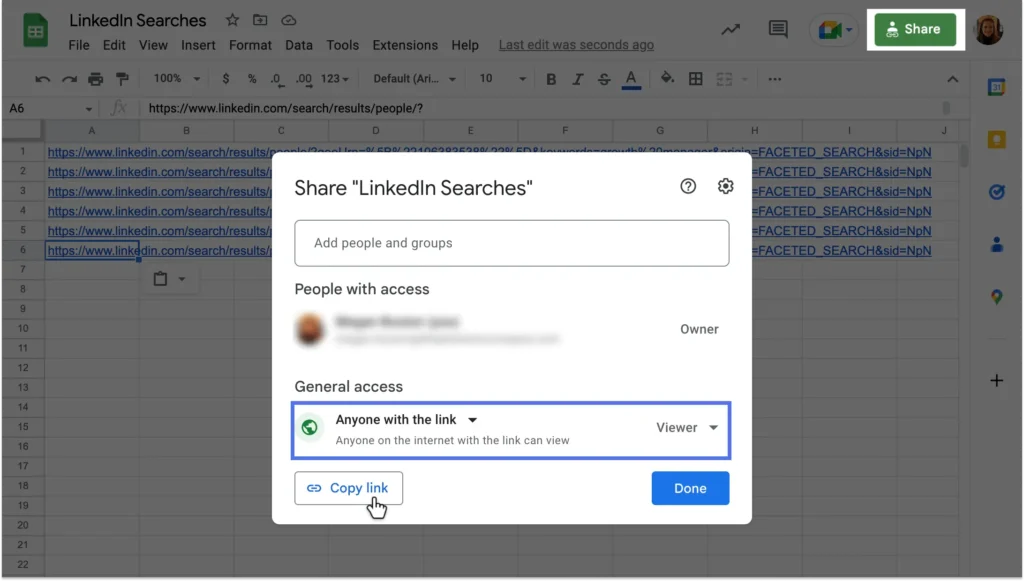
#Step 5: Name your list
Give your list a name so you can easily identify it later. In this example, we’ll name the list “CTO – NY.” Then click on “Save”.
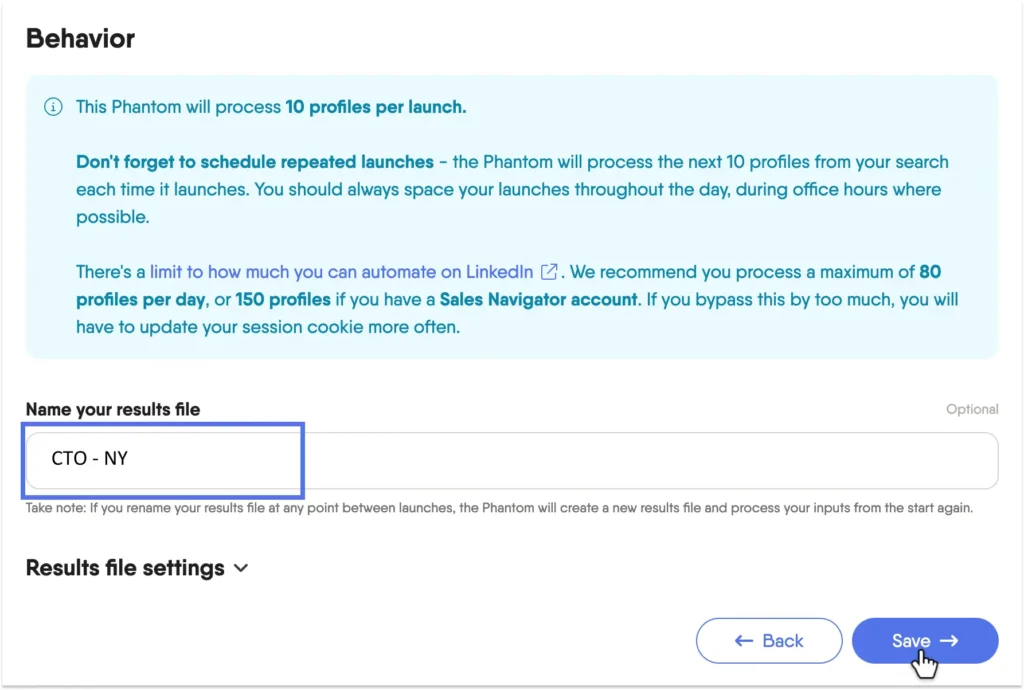
#Step 6: Email Discovery
If you want to take the next step and find professional email addresses for your LinkedIn search results, you can use the email discovery service of PhantomBuster to automate the process.
#Step 7: Adjust Setting
Choose the launch settings that suit your preferences, and you’ll receive a notification once the process is finished.
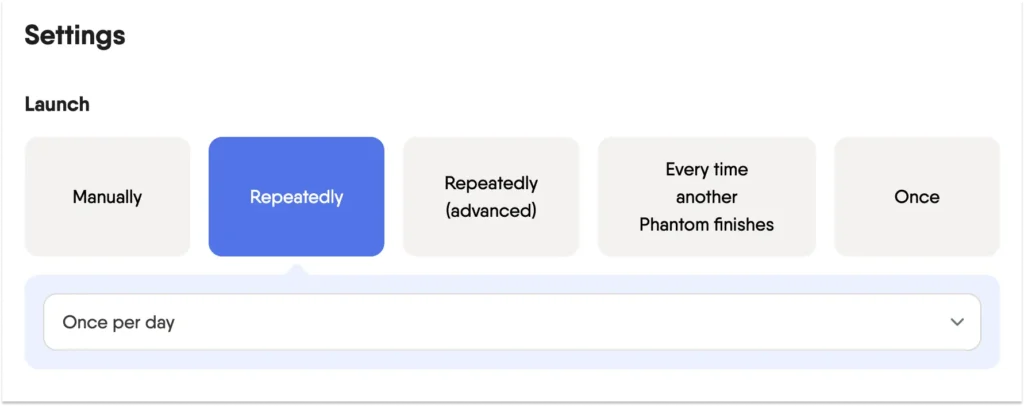
#Step 8: Launch the Flow
Now it’s time to launch your automation flow. Once you click “Launch,” the “LinkedIn Search to Profile Data” flow will start extracting leads in the background and collecting all the required information for your sales prospecting list.
#Step 9: Results
Once the flow has completed the process, you will see all the data collected in the PhantomBuster dashboard. You can view details like names, job titles, industry, websites, company names, email addresses, and more.
To import leads into your CRM, simply click “Download Results” to receive all the data in a well-organized CSV file.

By following these easy steps, you can quickly build a sales prospecting list, allowing you to focus on more critical tasks that help close deals.
Video Tutorial
If you want to watch a step-by-step video tutorial, check out this video to see how flows work in real-time.
Conclusion
Building a sales prospecting list can be done manually, but automation saves time and ensures accuracy. Tools like PhantomBuster, Closely, SalesQL, Dripify, and GrowMeOrganic can help simplify your lead-generation process. Choose a tool that fits your budget and start automating your sales and marketing tasks for better efficiency.

